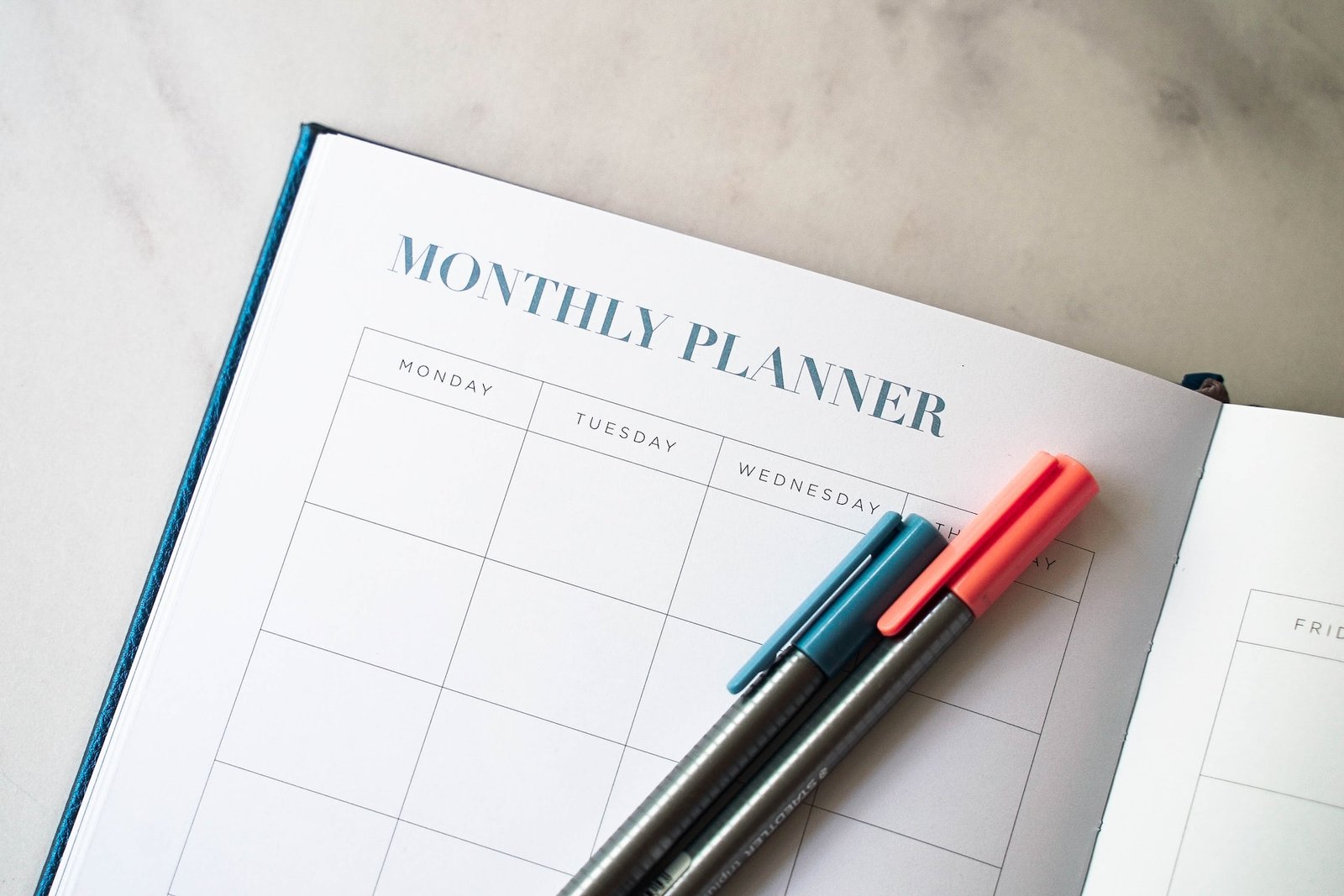Whether you’re trying to save for a down payment, pay off debts, or fund an emergency fund, a monthly budget is a great way to track your spending and create goals.
First, create a list of all your regular expenses. This includes fixed costs like rent or mortgage payments and variable fees like food, entertainment, and gas.
Expense Tracking
A monthly budget planner is a great way to keep track of your finances. It can help you manage your income and expenses, save enough to reach your goals, and reduce financial stress.
Expense tracking is crucial to a monthly budget plan, especially if you have a small business or multiple income sources. It will allow you to quickly identify excess spending, stay aligned with your goals, and prepare for tax season.
There are many ways to track your expenses, from a simple notebook or spreadsheet to a digital financial app. Whatever method you choose, the key is to have a central place to track your spending and keep your receipts in one place.
The first step in expense tracking is to list your monthly expenses, including fixed and recurring bills and miscellaneous spending. Then, create budget lines under each category that you need to track.
Setting up a monthly calendar that lists when you’re expected to receive your paycheck and when your fixed or recurring bills are due is also helpful. This will ensure you have enough money to cover your monthly expenses and avoid missing payments or late charges.
Next, record all of your expenses for each category. This includes the expense date, the total amount, the type it’s in, who you paid, and what you spent it on. You can then use this information to make adjustments if you’re nearing or over your monthly budget.
Goal Setting
A monthly budget planner is an excellent tool for tracking expenses and spotting opportunities to save money. However, it’s essential to make sure you set financial goals before starting your budget.
Goals are targets you hope to achieve over time, whether getting out of debt or saving for retirement. They’re like landmarks on your financial path that keep you focused and motivated to make the right choices with your money.
Financial objectives can be a powerful way to get out of the money mindset of “nothing is ever going to change” and create a healthier attitude towards money. Once you’ve set your objectives, you can see little progress toward them.
To help you develop and achieve your goals, it’s best to break them down into SMART (Specific, Measurable, Achievable, Relevant, and Time-Based) objectives. This way, you can track your progress as you reach them and know exactly what you need to do next.
You can start by setting short-term financial goals that are achievable within one to two years. These “quick wins” move you closer to your mid- and long-term objectives. Examples of short-term objectives include paying off your credit card debt or putting aside money for a vacation.
Financial Planning
Creating a budget to track your spending habits and save more money is essential. There are many ways to do this, including using a spreadsheet or budget app. However, using a paper budget planner is still the best way to understand your financial situation accurately.
When creating your monthly budget, list all the income sources and expenses you plan to pay. For example, you can list your regular paychecks and any extra income from a side hustle, garage sale, or freelance work.
Then, it would help if you wrote down your fixed and variable expenses. These include rent, mortgage payments, utilities, and transportation costs.
Once you have this information, you should set realistic spending limits for each category. These are based on your net income and your priorities.
Next, you should identify your monthly savings goals and record the start and end balances. You can then use this data to track your progress toward your goals and make necessary changes.
Finally, you should review your budget frequently to ensure you are on track. This will help you stay motivated to save and invest more monthly money.
Financial Peace
When you budget your money, you’re not only planning where you’re going to put every dollar, but you’re also setting yourself up for financial success. When you know where every penny is headed, it’s easier to make good decisions with your cash, from saving for a down payment on a house to paying off debt.
Whether you use an app or pen and paper, a monthly budget plan is essential for tracking your spending habits. Writing down your expenses will help you prioritize which categories are most important to you and allow you to see how you can cut back on certain areas if needed.
Once you’ve written down all your monthly expenses, add your income into the appropriate spaces. This includes your average paychecks and any extra cash from a side job, garage sale, or freelance work.
Including your savings contributions in your monthly expenses is also a good idea. This will ensure that you’re consistently making saving contributions, which is crucial for reaching your long-term goals.
There are many ways to keep track of your expenses and income, from spreadsheets to budgeting apps that sync with your financial accounts. However, I prefer to do it the old-fashioned way — on paper.



